HOW WILL STORE DESIGN TRANSFORM BY 2030?
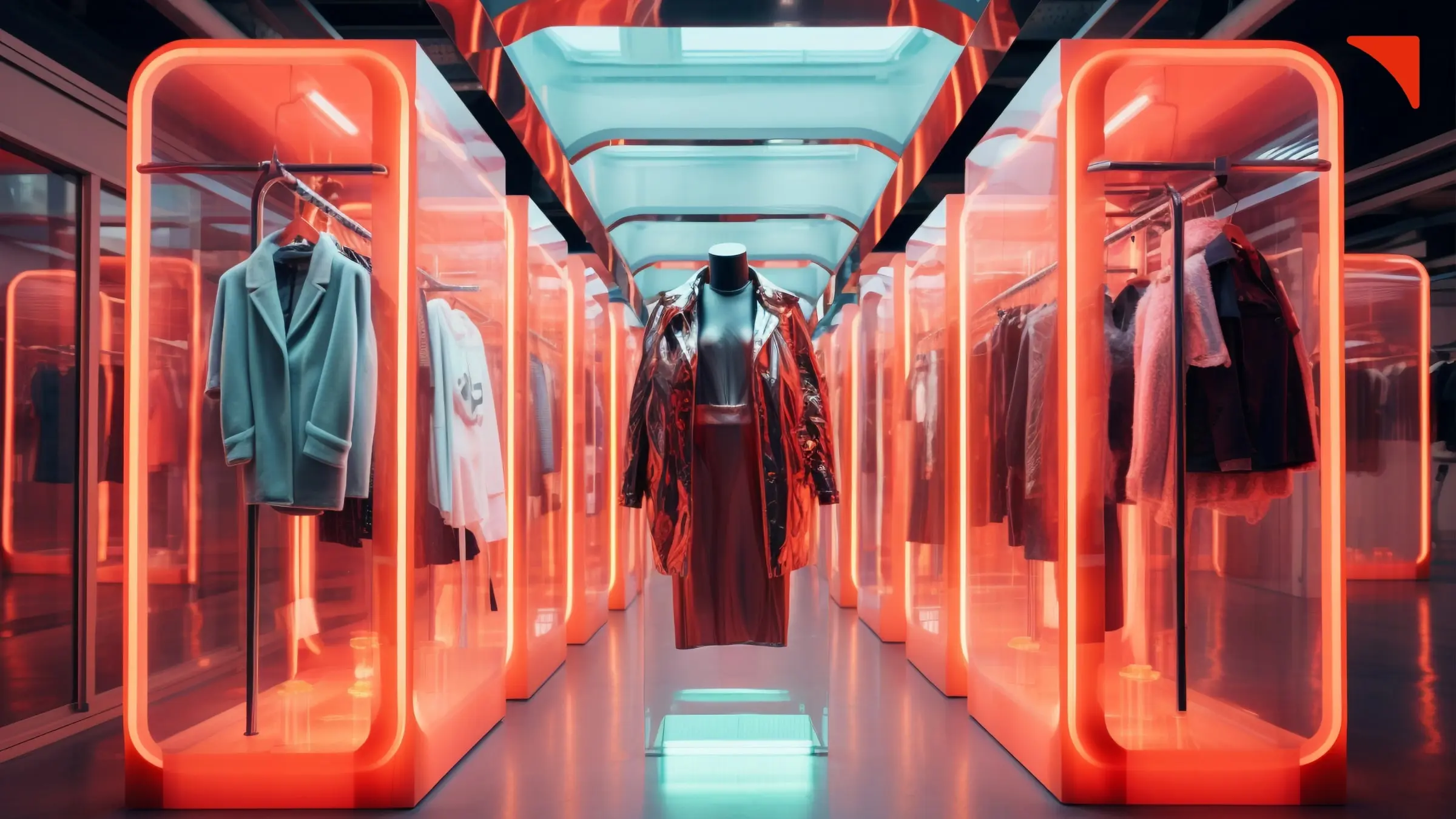
Driven by technological advancements, constant shifts in customer behaviour and shopping patterns, and growing concerns about sustainability and the environment, the retail industry is currently undergoing a significant transformation. In this rapidly evolving era, the concept of shop design is also expected to evolve completely by 2030. Retail outlets will no longer be considered places to make financial transactions. Instead, they are expected to turn into a sophisticated blend of digital and physical worlds.
A Phygital Revolution: Bridging the Gap Between Physical and Digital!
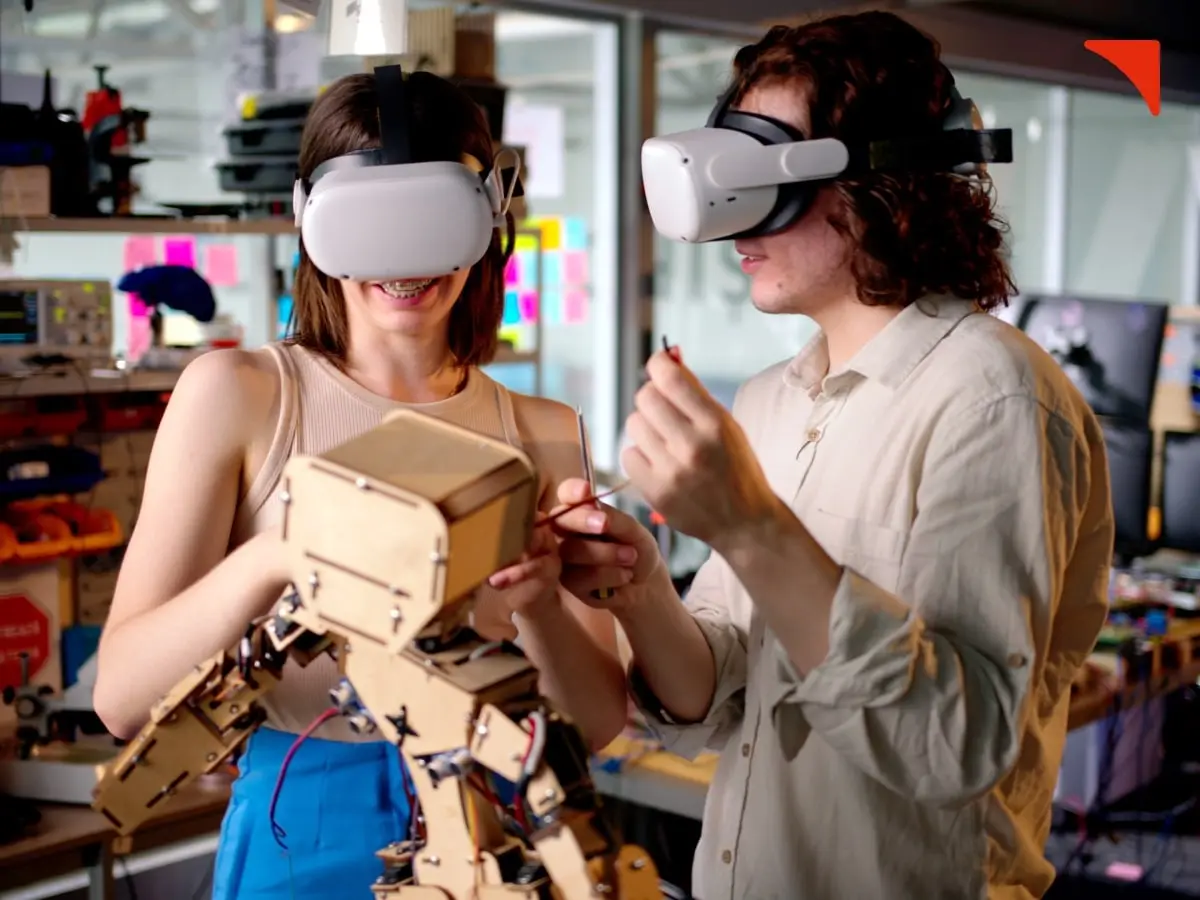
The concept of “phygital” retail, integrating physical and digital experiences, is expected to dominate shop design by 2030. As online shopping continues to grow, physical stores will need to provide value beyond mere product availability in order to appeal to the eyeballs of potential customers and encourage them to enter the store. Emphasizing experiential and interactive elements can offer huge help in this situation. A few key features to accomplish the same will include:
a.) AR and VR Integration: Augmented and virtual reality will redefine how customers interact with products. Shoppers will use AR mirrors to try on clothes virtually or VR headsets to explore entire product catalogues in immersive environments.
According to a study by Gartner, in order to enhance customer engagement, 73% of retailers will use AR and VR technologies by 2030. Instead, Sephora’s Virtual Artist already allows customers to test makeup products virtually. Well, this will definitely become the standard for beauty and apparel retailers by 2030.
b.) AI Powered Assistance: AI driven tools will analyze customer preferences and provide tailored recommendations in real time.
Sustainability at the Core of Shop Design!
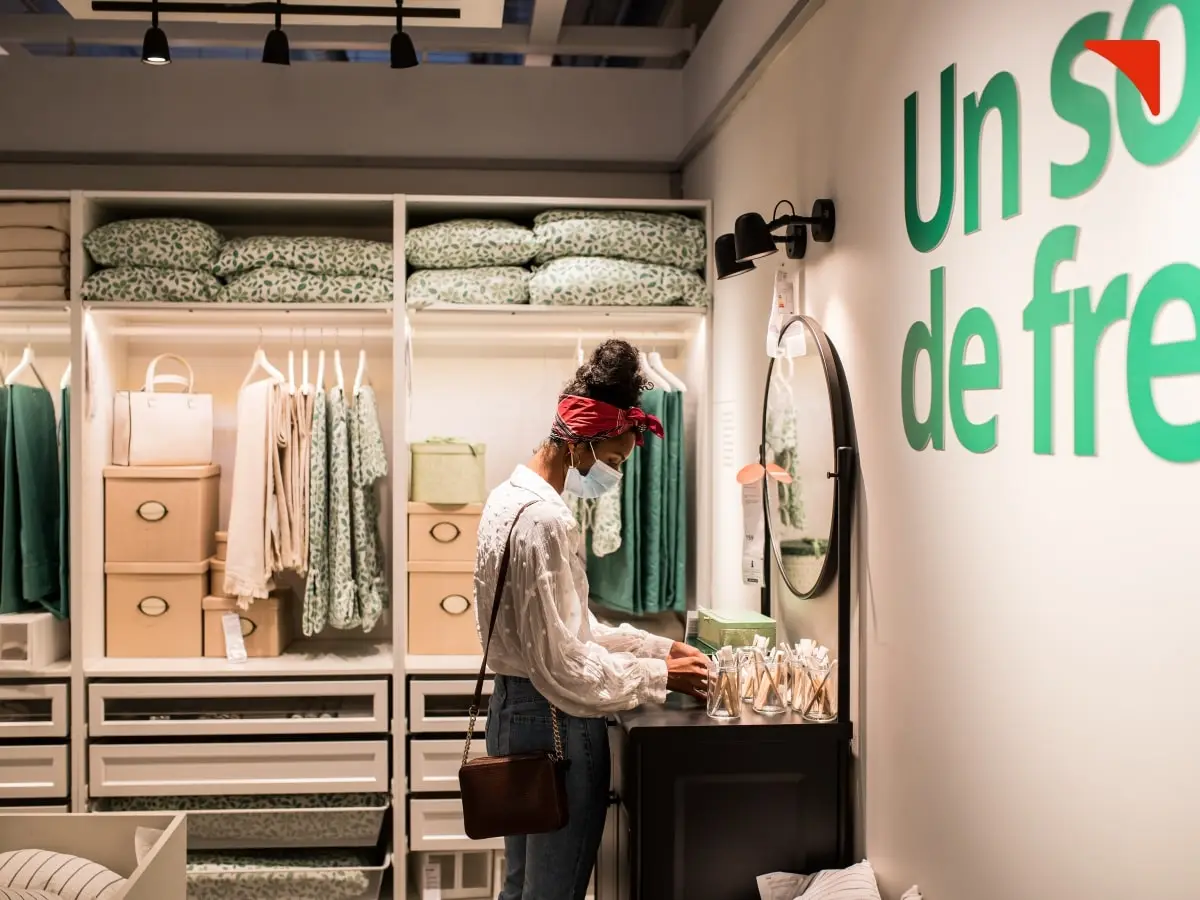
A study by Nielsen found that 73% of global consumers are willing to pay more for sustainable products. The figure is expected to rise to 85% by 2030.
Sustainability, even today, is an important part of retail that shapes the image and identity of brands. Undoubtedly, it will be a cornerstone of shop design in 2030 as well. Retailers will embrace eco friendly practices to meet consumer demand and regulatory requirements. A few sustainability trends that we might come across in 2030 are mentioned below.
a.) Eco Friendly Materials: Stores will be constructed using recycled, biodegradable, and renewable materials.
b.) Energy Efficiency: Solar panels, energy efficient lighting, and smart climate control systems will become standard.
Modular and Adaptive Spaces
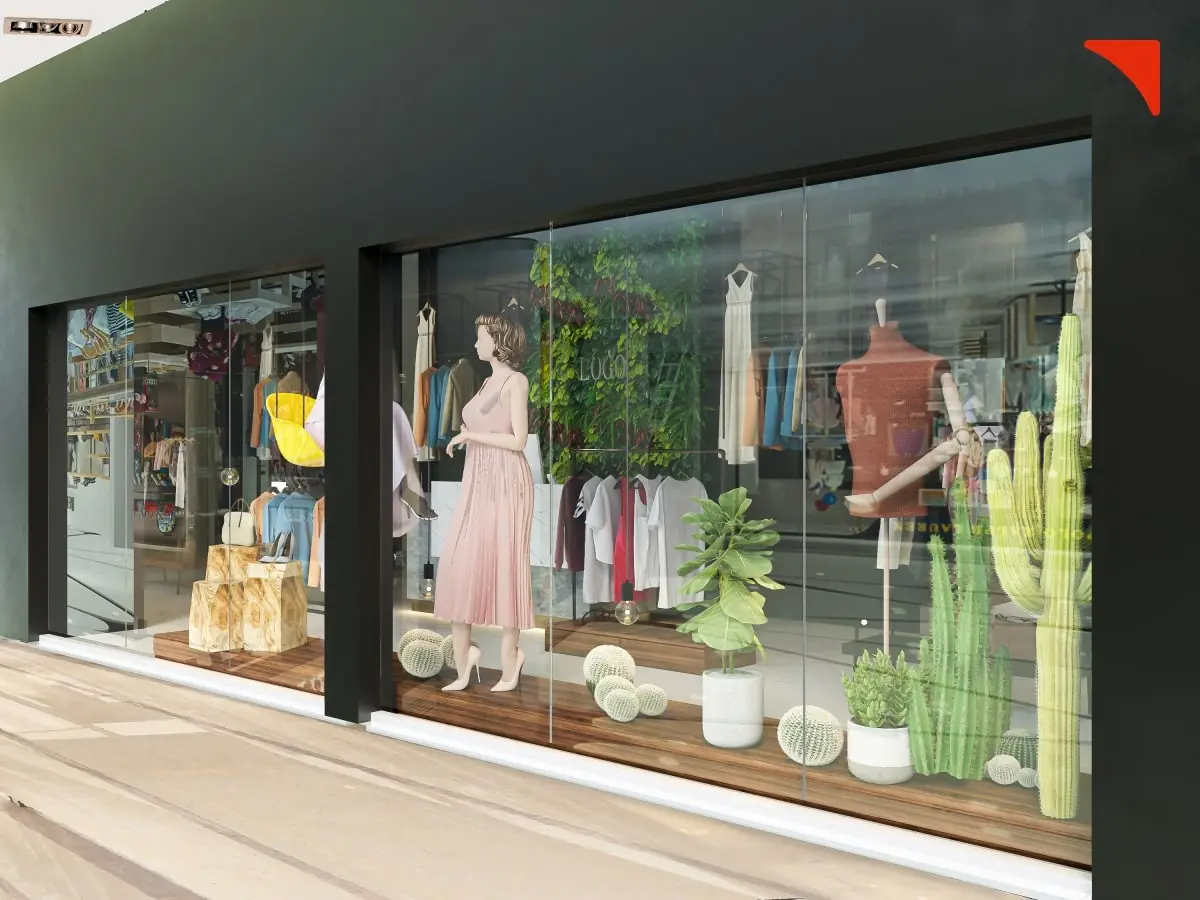
Modular fixtures are presently gaining a lot of recognition. Well, this is because they offer retailers some incredible benefits, including flexibility, cost efficiency, adaptability, etc. This need for flexibility will continue to rise in the future, eventually leading to an increase in modular store designs that can adapt to changing trends, seasons, or even customer demographics.
a.) Pop-Up Stores: Modular units will allow retailers to host temporary pop-up shops within existing spaces, creating a sense of urgency and novelty.
b.) Reconfigurable Layouts: Store layouts will be easily adjustable to accommodate different product categories or experiential zones.
Automation and Robotics
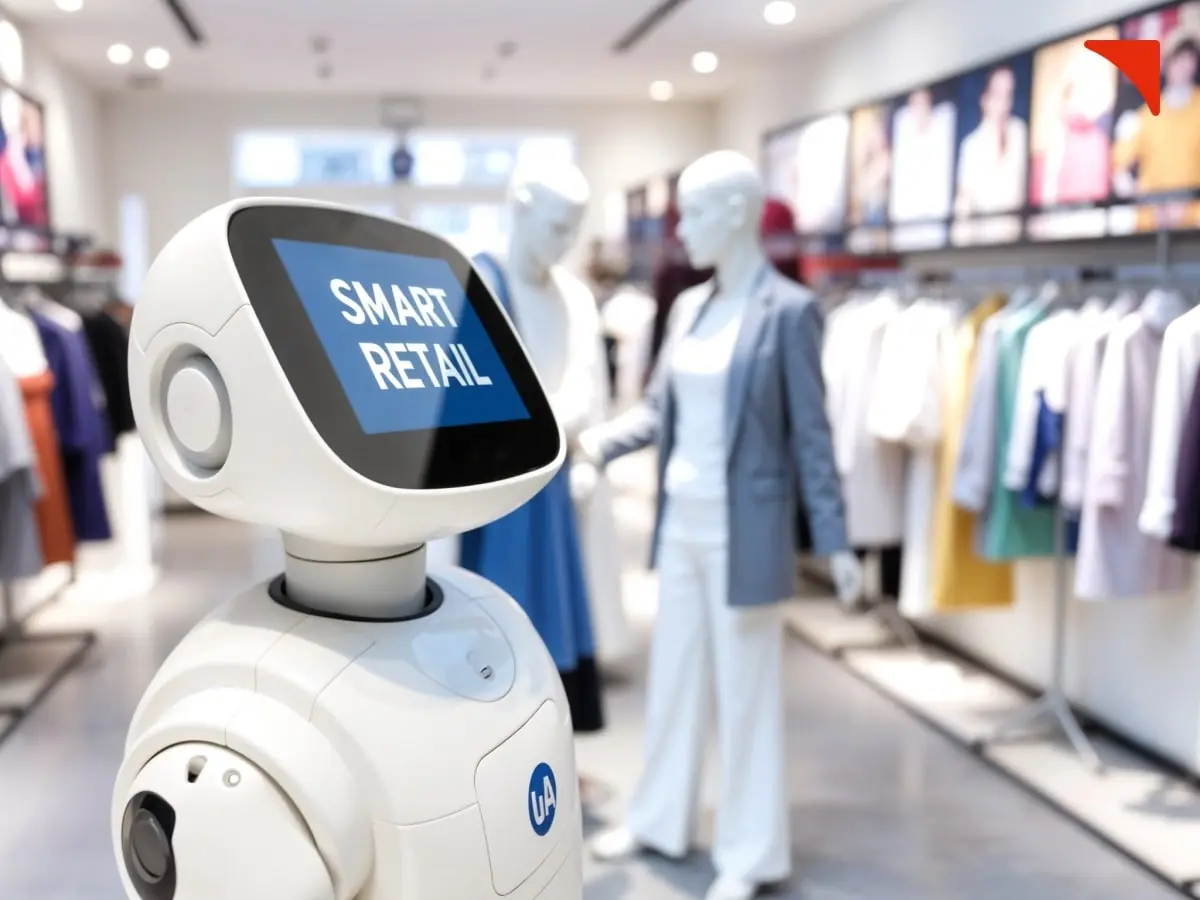
Automation will redefine retail store operation management and customer interaction.
According to research by Grand View, the global retail automation market is expected to reach $19 billion by 2030, growing at a CAGR of 11.5%.
a.) Autonomous Robots: Robots will manage inventory, guide customers, and even handle deliveries within stores.
b.) AI Driven Checkout: Cashier less checkout systems, powered by AI and IoT (Internet of Things), will streamline the shopping process.
Hyper Personalization Through Data and AI
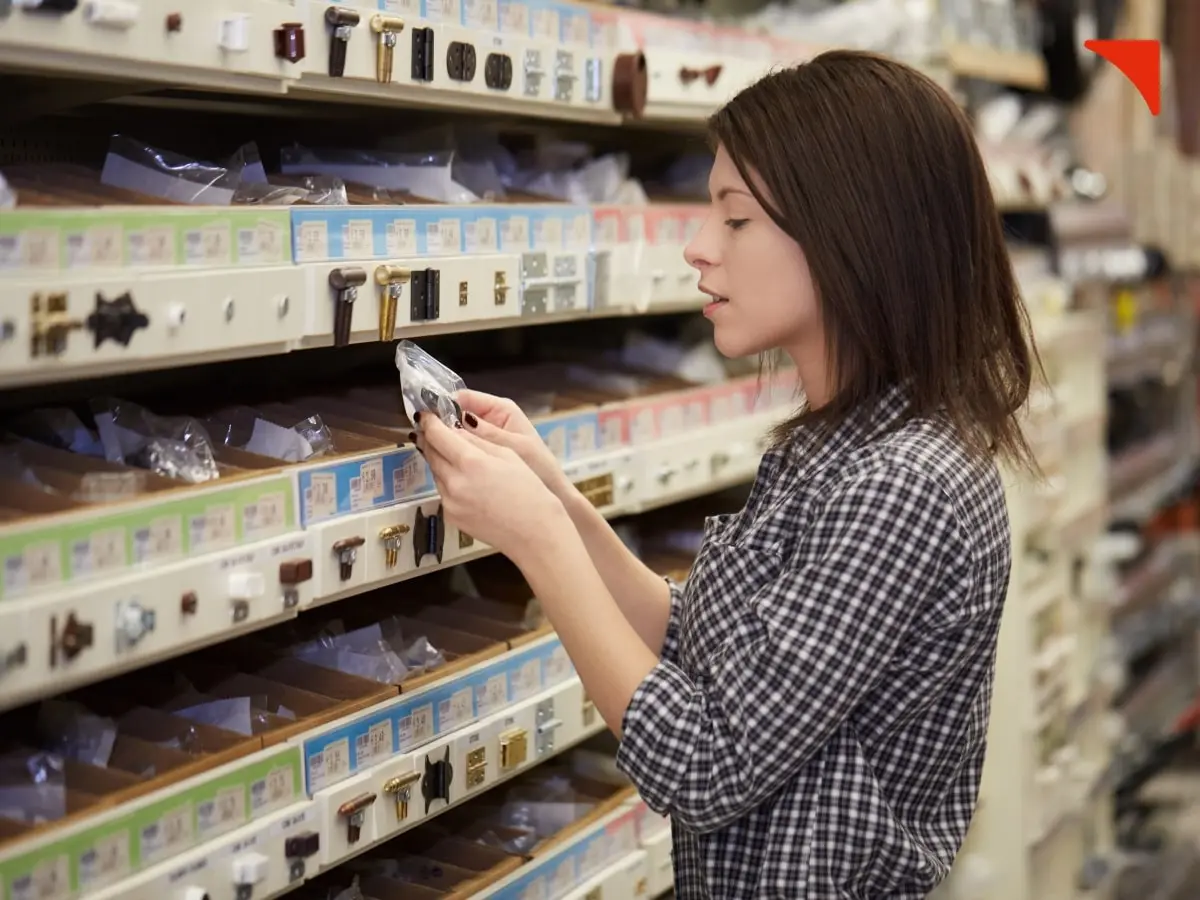
McKinsey predicts that companies using data driven personalization will see a 20 30% increase in revenue by 2030. Retailers in 2030 will leverage data analytics and AI to create hyper personalized shopping experiences. Stores will no longer be static spaces but dynamic environments tailored to individual customer preferences.
a.) Predictive Analytics: Retailers will predict customer needs based on browsing history, purchase patterns, and even biometric data.
b.) Smart Shelving: Sensors and AI will track customer interactions with products, adjusting displays in real time to highlight popular or personalized items.
The Rise of Experiential Retail Design
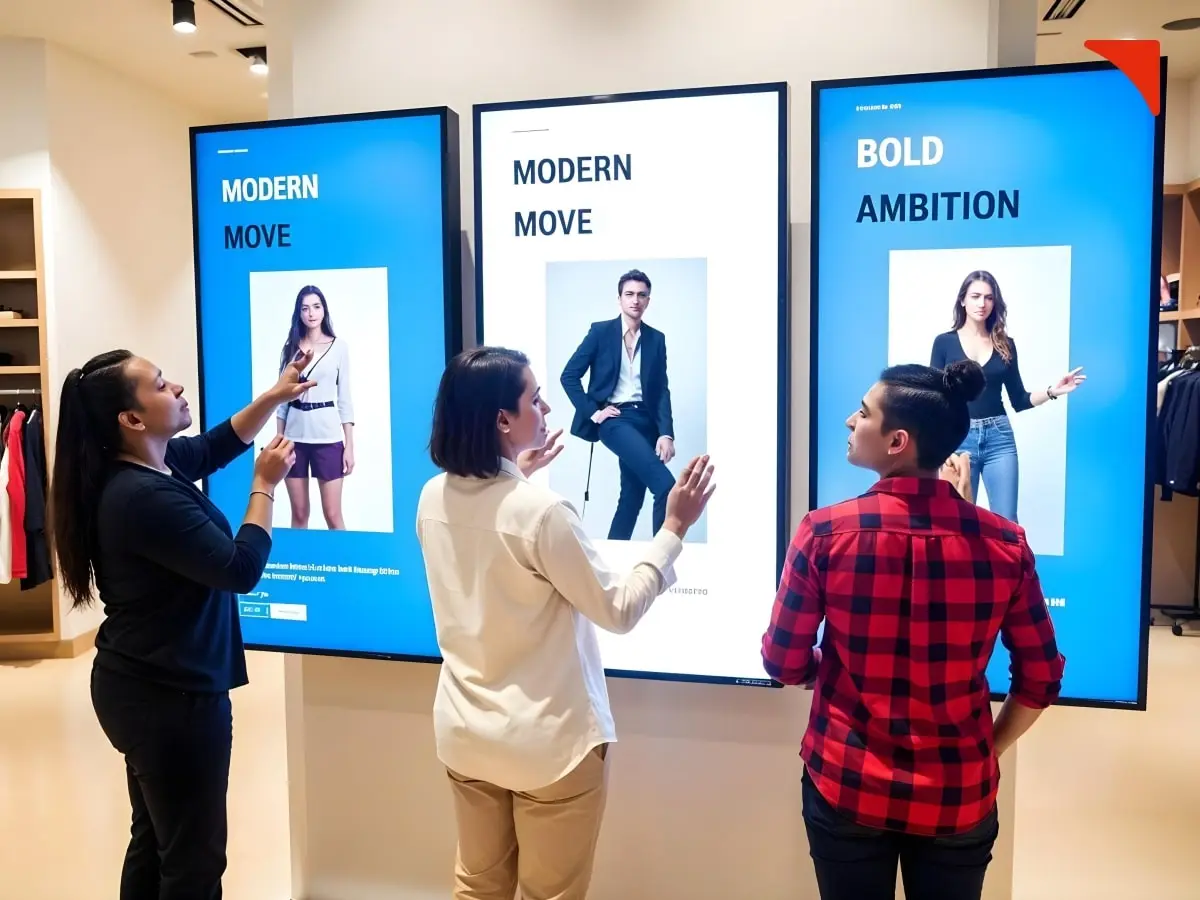
People no longer visit retail stores to merely purchase an item they want or need. Instead, they look for immersive experiences that let them take a break from their regular routine and relax for a moment. At present, Deloitte reported that 80% of customers are willing to pay more for a superior experience. Well, this clearly underscores the importance of experiential retail in establishing brand identity, promoting brand recall and driving loyalty.
By 2030, stores will prioritize experiences over transactions, focusing on creating memorable interactions that forge emotional connections with customers. This will eventually increase the demand for experiential retail design services.
a.) Multi Sensory Environments: Retailers will use lighting, sound, scent, and temperature to craft immersive shopping experiences.
b.) Interactive Zones: Product demonstration areas, workshops, and VR powered experiences will become standard.
Biophilic and Well Being Centric Designs
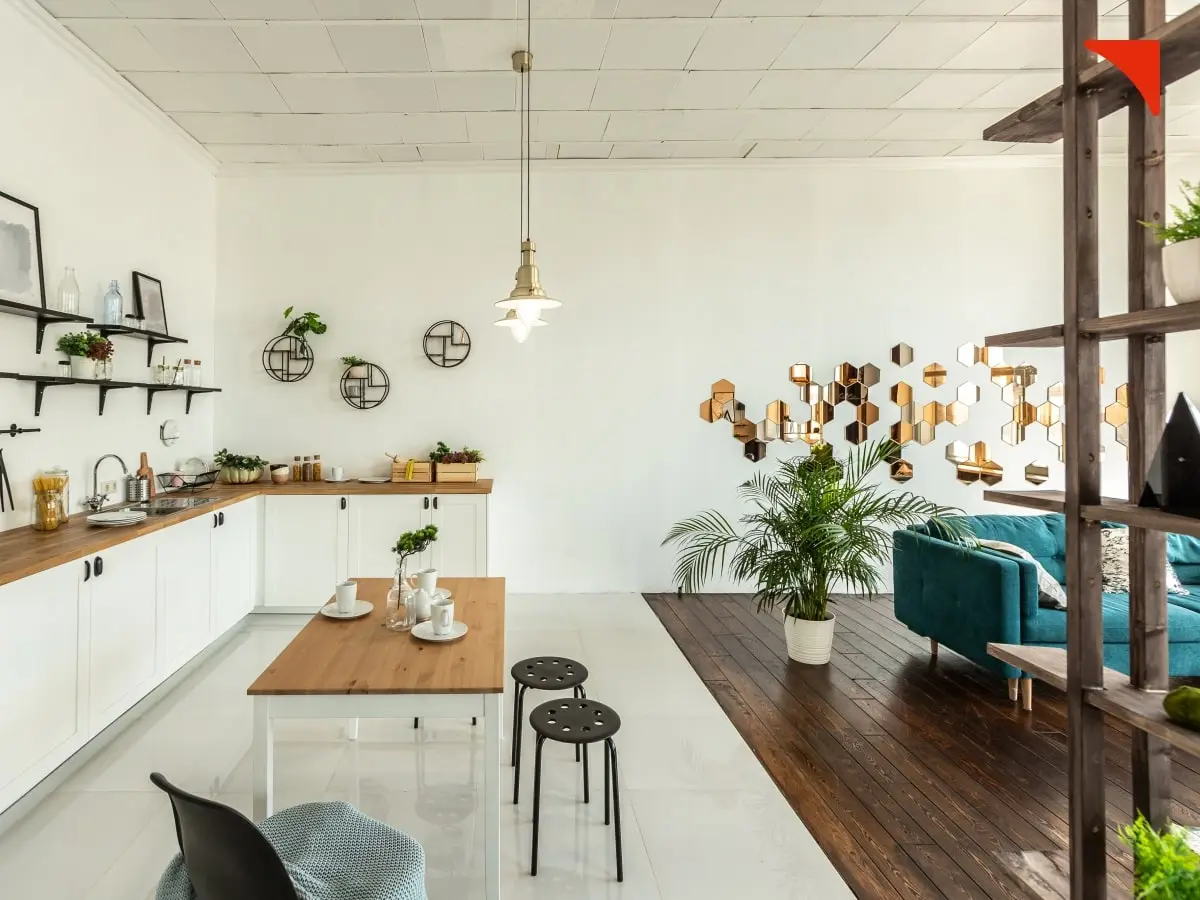
Biophilic design, which incorporates natural elements to improve well being, will indeed become a cornerstone of shop design by 2030.
a.) Green Walls and Indoor Gardens: These features not only enhance aesthetics but also reduce stress and improve air quality.
b.) Natural Lighting: Maximizing natural light will reduce energy consumption and create inviting spaces.